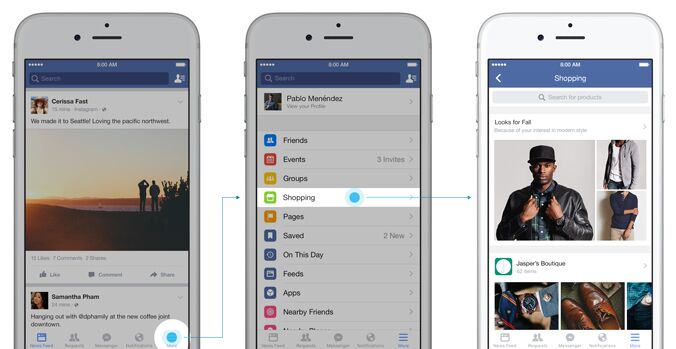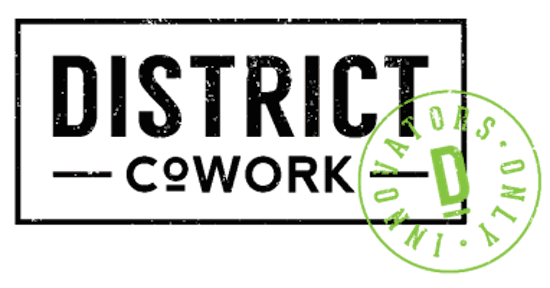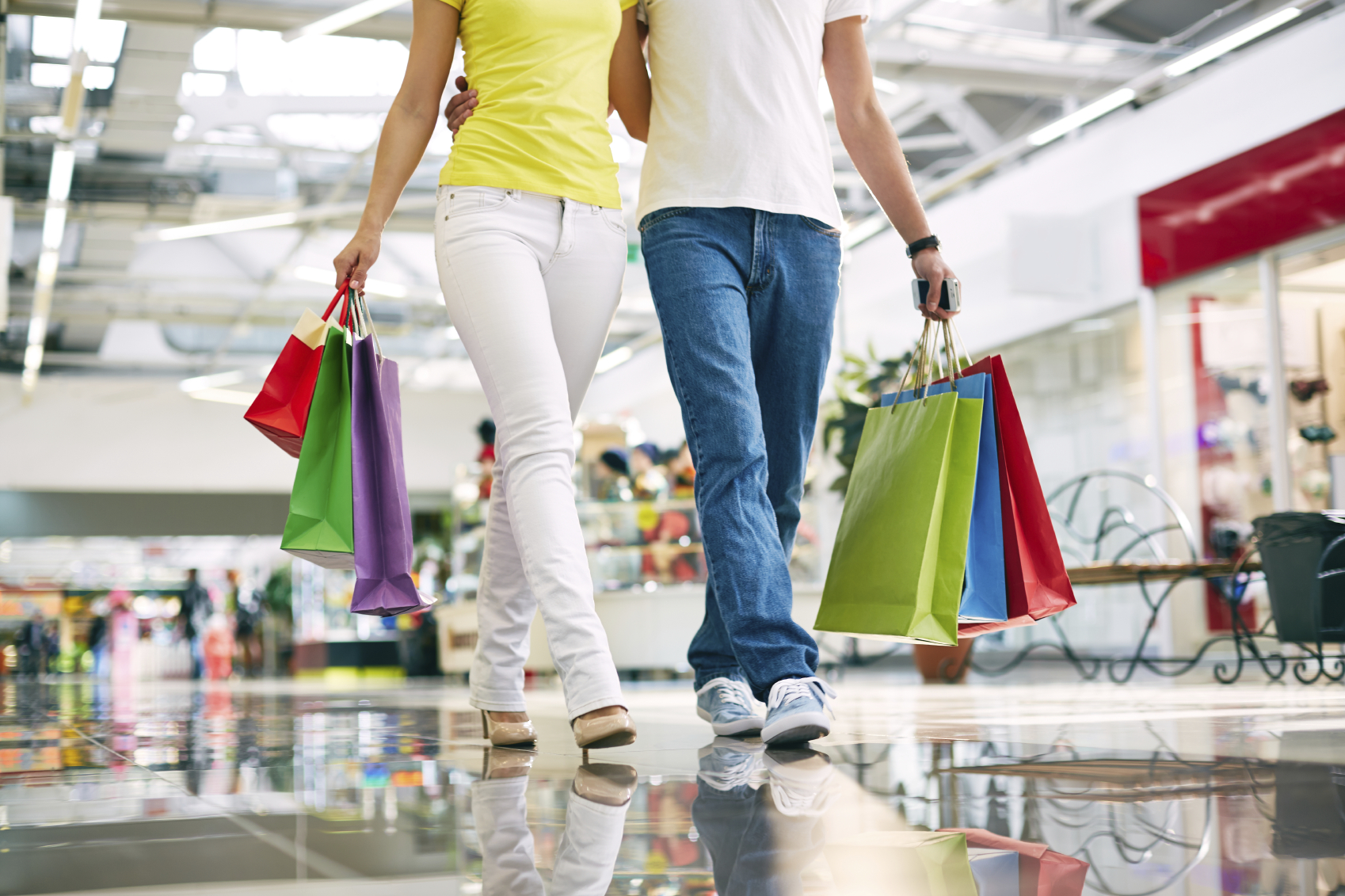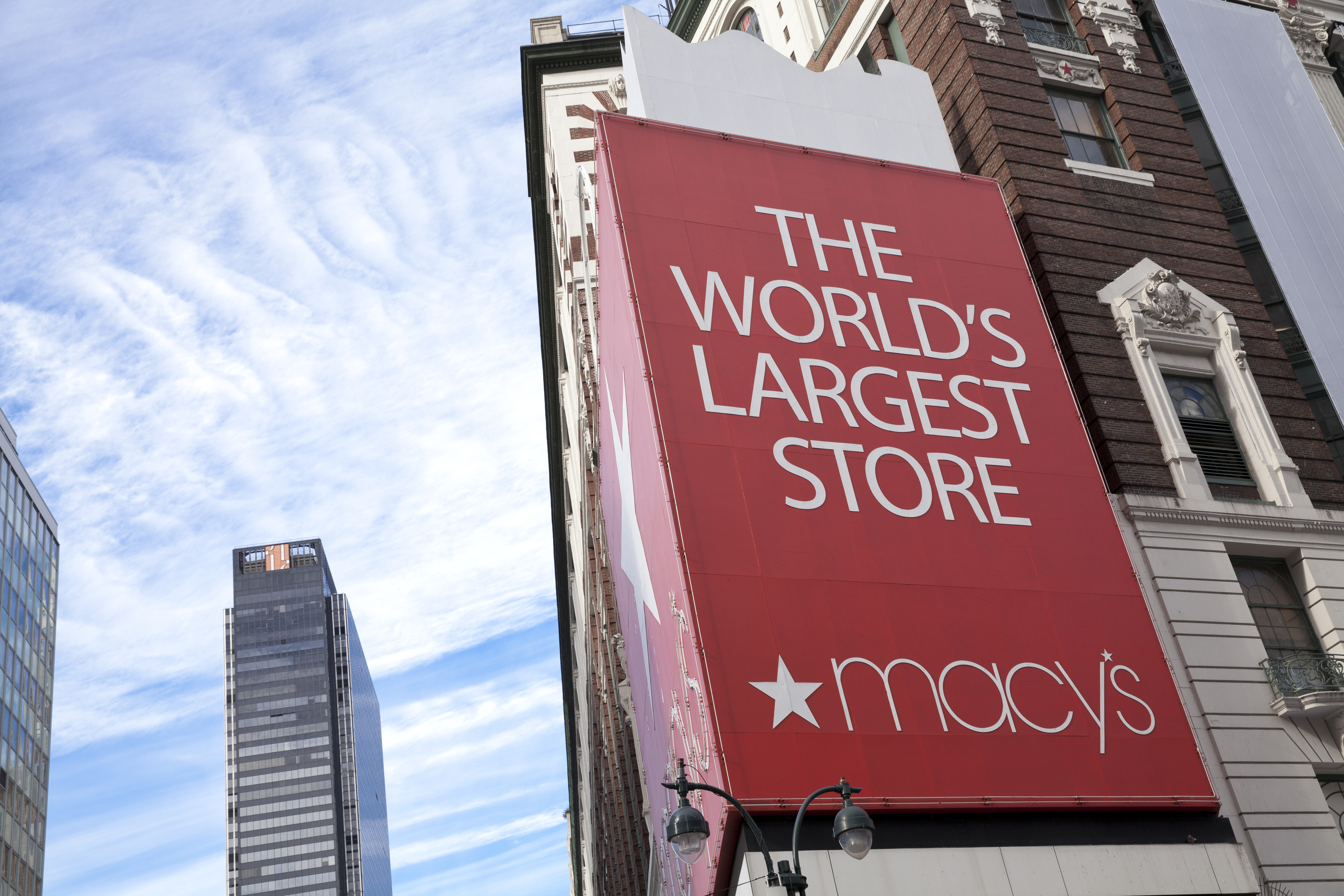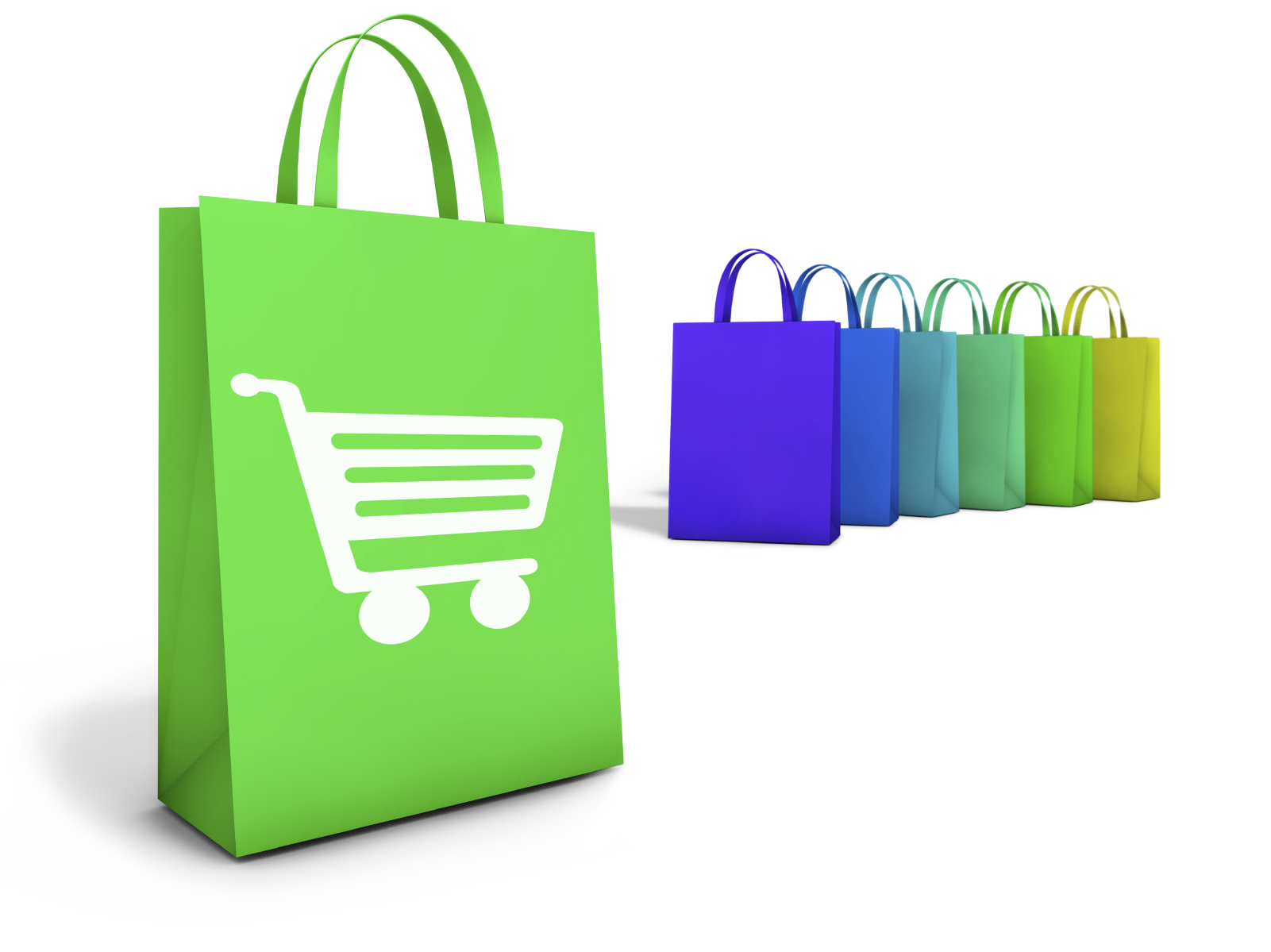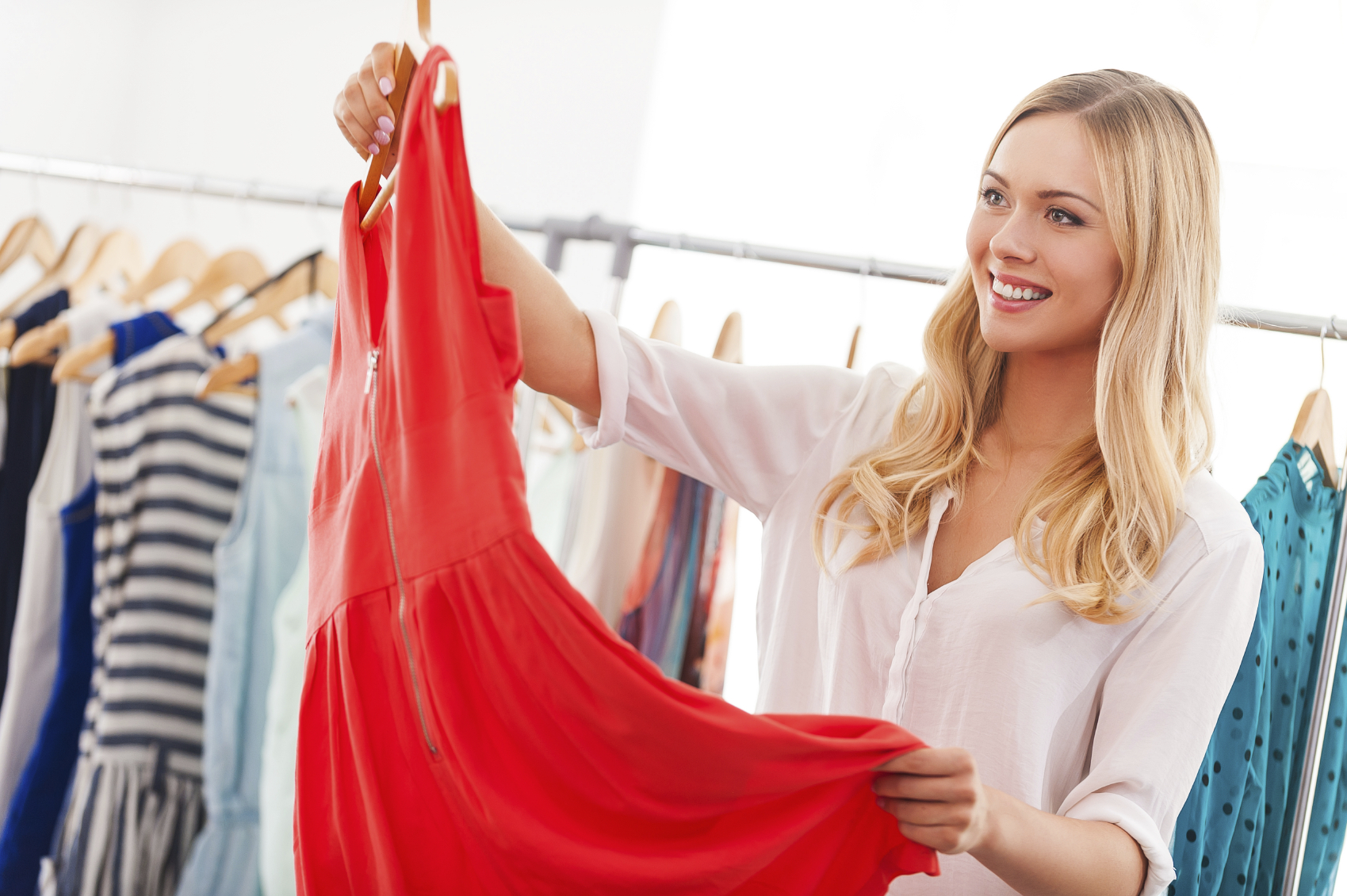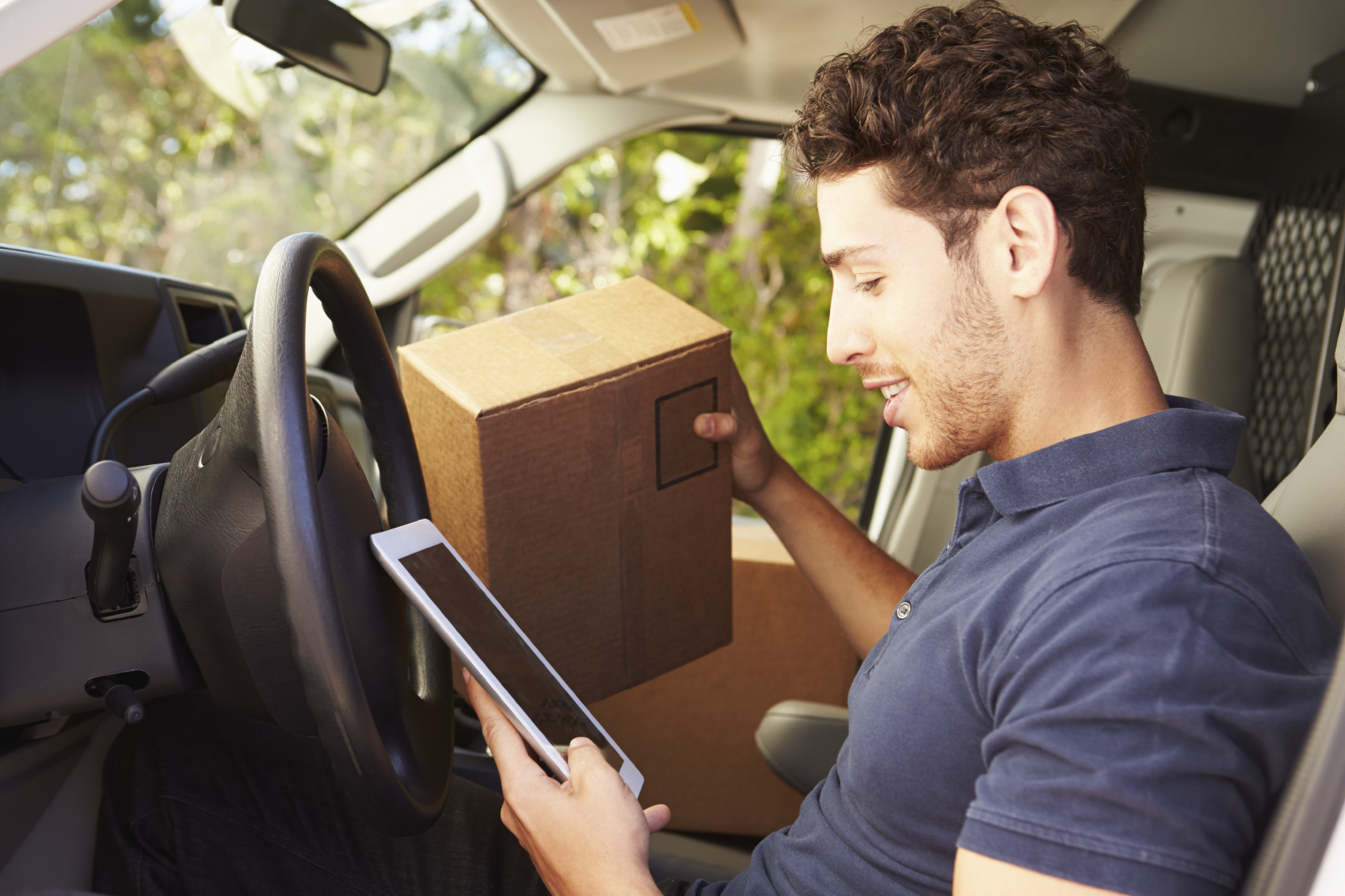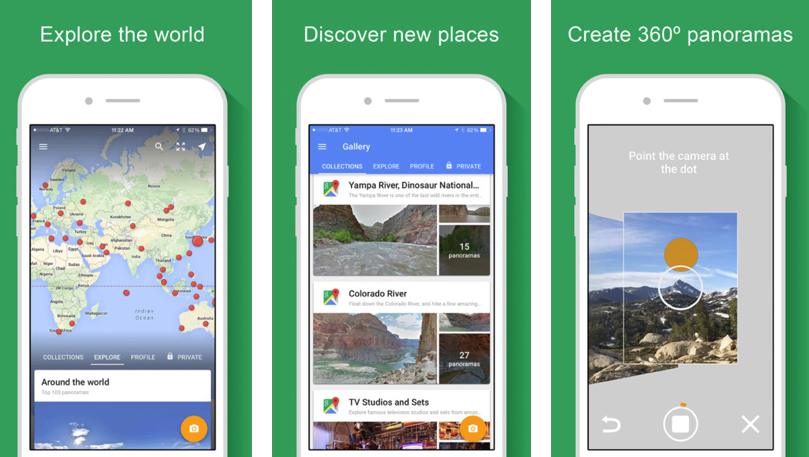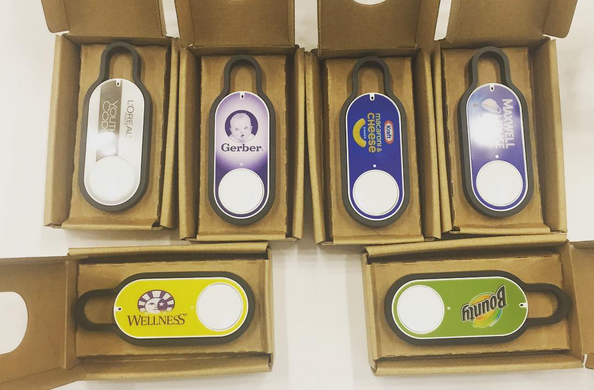On October 1st, the Lab attended DistrictPitch, an event organized by District CoWork where select startups pitch their business to a panel of investors. There were a number of interesting companies on display with real marketing implications. Here are some highlights from the event.
The first to present was OKMyOutfit, an on-demand personal shopping service that charges members a monthly subscription. Users receive a consultation from a team of stylists to identify their style preferences and make more informed purchase decisions. OKMyOutfit has a partnership with the Hudson Bay Companies to offer their products and there is certainly an opportunity for other retail brands to get onboard and become providers.
The next company to present was Bluebook Academy, an education service aiming to accurately link training to occupation. As a student works their way through a curriculum, their skills and weaknesses are identified and matched to appropriate career paths. This type of guidance is often lacking in the education industry and could help guide students based on strengths and passions.
Next up to the podium was TOP Docs, a collaboration tool for teams working on a project remotely. Picture how frustrating it is to constantly have to download and save different versions of the same document because some teammates are using Google Docs and others are using Dropbox. TOP Docs allows users who are using different cloud-based storage platforms to perform real-time edits on the same file and automatically saves back to the original platform’s format. It is accessed as a freemium model on mobile and web, iOS and Android.
The following company, CareConnectors, is a health care communication platform for doctors and patients. Too often, patients leave care facilities with limited understanding of their own conditions. The platform provides patients with easy-to-understand diagnoses and prescriptions so they increase their understanding of their own personal health. The platform can also be used for peer-to-peer communications between health care providers so an individual’s treatment is uniform and streamlined.
The second-to-last business to present was eDivv, a secondary market for consumers to buy, sell, and barter beauty products. When someone has extra product that they know they will not use, they can connect to the community to trade or sell. The site includes forums, blogs, and messaging in order to connect its members. From a brand perspective, eDivv is collecting data from their community, while also offering native advertising and branded product trials.
Finally, Measurence took the stage to present their offline analytics platform for brick and mortar retailers. They are able to leverage WiFi, bluetooth, or beacons to connect to a customer’s mobile device in order to track their in-store location, dwell times, and conversion to purchase. They launched in November of 2014 and have a partnership with Square to link purchase behavior. Measurence does not build its own hardware but they are working on an Apple Watch app for the store manager to access an analytics dashboard in real time.
The DistrictPitch event showcased an array of ventures that are tackling solutions across many industries. From retail to healthcare, these entrepreneurs showcased their intelligence and ingenuity.
